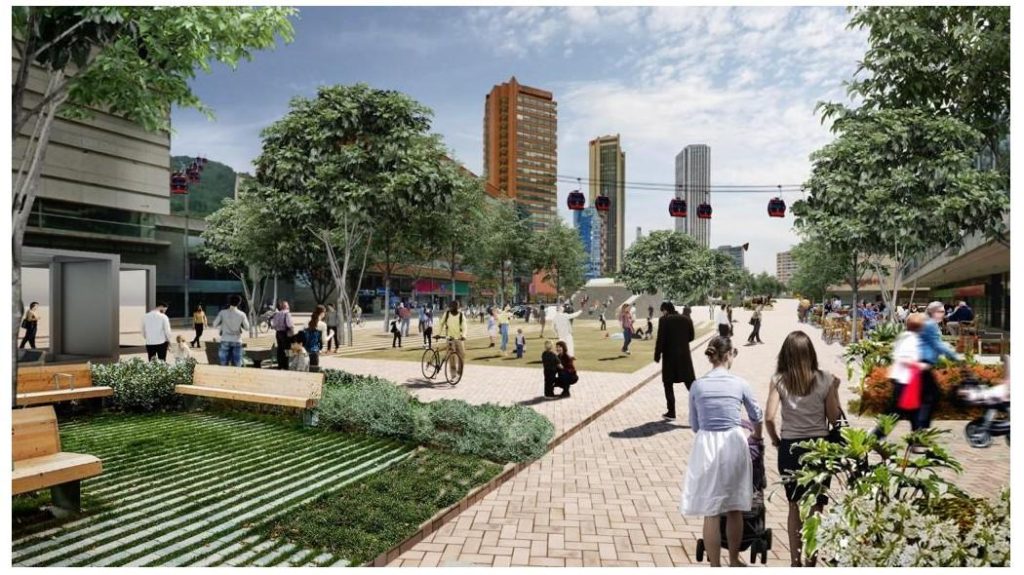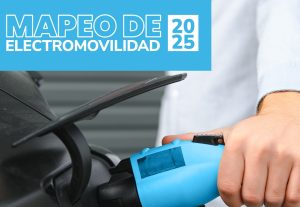A new mobility project was presented for the city of Bogota, with the aim of continuing to integrate a transportation ecosystem that generates quality of life for citizens and, at the same time, is environmentally friendly.
The Mayor of the Colombian capital, Claudia López, unveiled the designs of the Corredor Verde. This mobility and urban planning program will provide a change and solution to the needs and demands of citizens who have been demanding for decades an inclusive, sustainable and equitable mobility.
The plan contemplates the transformation of the existing public space with more trees, green areas and alternatives to improve sustainable mobility for all modes of transportation: public transportation users, private vehicles (cars and motorcycles), cyclists and pedestrians, especially on the northeastern edge of the city.
Read also: Progress on Metro Line Highlights Bogota’s Mobility Balance Sheet
Project Design
The project will have a total length of 22 kilometers in three sections: The first goes from 24th Street to 76th Street; the second, from 76th Street to 99th Street; and the third, from 99th Street to 200th Street, including Patio Portal.
According to the Mayor, the entire design is based on three pillars: more and better public space, sustainable mobility and ecology as the basis of the design. It will have five overpass intersections, where the greatest congestion is generated today by the Séptima, these will be at 72nd, 85th (Circunvalar Avenue), 92nd, 100th and 127th Streets.
The corridor will increase average speeds for the different modes of transportation. In this way, travel times by public transport along this corridor will be reduced by half and private vehicles will reduce their trips along the entire corridor from 80 to 60 minutes.
Additionally, travel times for passengers going to other destinations in the city will benefit from the operational connections achieved with other projects and trunk lines such as Carrera 10, Calle 26, Avenida Caracas and Avenida 68, and in the future, with the Regiotram del Norte and the First Line of the Bogotá Metro.
Integrated Transportation
López emphasized that the corridor represents one of the most important mobility, urban planning and eco-urbanism projects to be developed in Bogotá and that it is part of the First Metro Line.
“All of us in Bogota want to have Metro and we are building the first line, the nation puts 70% of the budget for its construction, and Bogota a counterpart of 30% with three projects to complete the road network: The Feeder of La Cali and Avenida 68 are already contracted and under construction, we only need to contract the Green Corridor of the Seventh,” she added.
The estimated cost of the works is $2.5 billion, including construction, supervision and maintenance costs for five years after the start of operation. It is projected that approximately 22,790 jobs will be generated during the construction phase, of which 13,389 will be in the Chapinero district.




